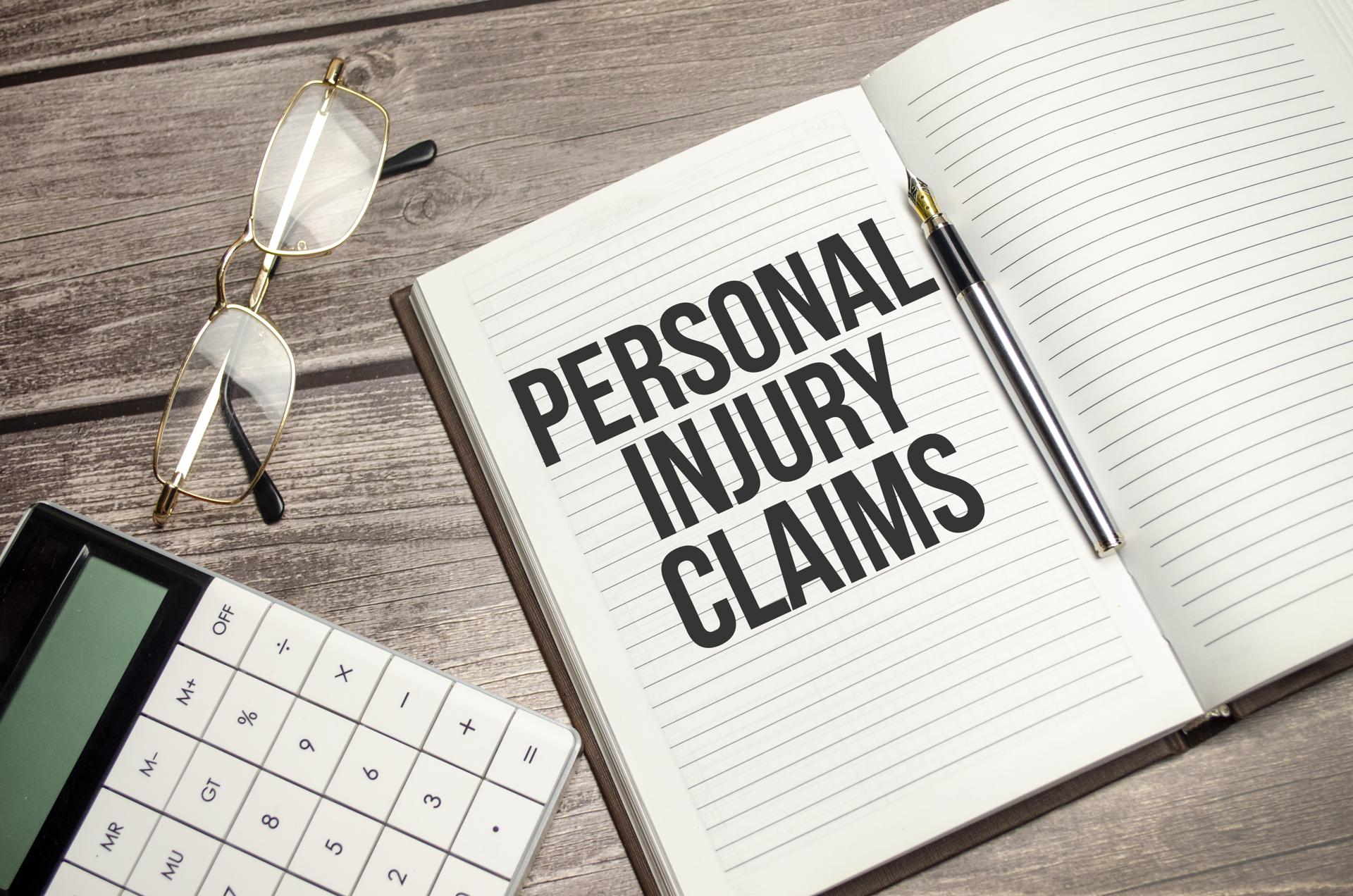How Shared Fault Can Impact Your Personal Injury Claim in Boise
After an accident, determining who is at fault is one of the most critical steps in a personal injury claim. But what happens when more than one person is to blame? In Idaho, this scenario is governed by a legal principle known as “comparative negligence.” This rule can significantly affect the compensation you are eligible to receive if you were partially responsible for the incident that caused your injuries. For residents of Boise and across the state, understanding how this works is essential for protecting your rights.
Idaho’s specific approach is a “modified comparative negligence” system with a strict cutoff point, often called the 50% bar rule. This means your ability to recover damages depends heavily on the percentage of fault assigned to you. Navigating this system can be complex, and the outcome of your case may hinge on a fair and accurate assessment of liability.
What Exactly is Comparative Negligence?
Comparative negligence is a legal doctrine used to assign fault when multiple parties contribute to an accident. Instead of an all-or-nothing approach where one person is 100% at fault, this system acknowledges that responsibility can be shared. The court examines the actions of everyone involved and assigns a percentage of fault to each person. This percentage then determines how financial damages are awarded.
For example, in a rear-end collision in Boise, the rear driver is often assumed to be at fault. However, if the front driver’s brake lights were not working, they might be found partially responsible. Under comparative negligence, a jury would assign a percentage of fault to both drivers, impacting the final settlement.
The 50% Bar Rule in Idaho: A Critical Threshold
Idaho law, specifically Idaho Code § 6-801, establishes a “modified” comparative negligence system. This system is often referred to as the 50% bar rule (or sometimes the 51% rule) because it sets a strict limit on your ability to recover damages. Here’s how it works:
- If you are found to be 49% or less at fault: You can recover damages from the other at-fault party. However, your total compensation will be reduced by your percentage of fault. For instance, if you have $100,000 in damages but are found 20% at fault, you can recover $80,000.
- If you are found to be 50% or more at fault: You are completely barred from recovering any damages. This is the “bar” in the 50% bar rule. If your fault is equal to or greater than the other party’s, you cannot receive compensation for your injuries, medical bills, or other losses.
This rule makes it incredibly important to build a strong case that minimizes your assigned percentage of fault. Insurance companies are well aware of this law and will often try to shift as much blame as possible onto the injured party to reduce their payout or deny the claim entirely.
How is Fault Determined in an Idaho Personal Injury Case?
Determining the percentage of fault is a detailed process that involves gathering and analyzing evidence from the accident. A judge or jury will consider various factors to make a final decision. This evidence can include:
- ✓ Police reports and officer testimony
- ✓ Eyewitness statements
- ✓ Photographs and videos of the accident scene
- ✓ Traffic citations issued
- ✓ Testimony from accident reconstruction experts
- ✓ Medical records documenting injuries
An experienced personal injury attorney can be crucial in this phase. They know how to gather compelling evidence, challenge unfair accusations of fault, and present your case in the most favorable light to ensure liability is assigned correctly.
Did You Know?
Idaho’s comparative negligence law applies to most personal injury claims, not just car accidents. This includes slip and fall accidents, construction site injuries, and other incidents where negligence causes harm. It’s a fundamental principle in the state’s civil justice system.
A Local Perspective: Navigating Accident Claims in Boise
For those living and working in Boise, Meridian, and the surrounding Treasure Valley, understanding local traffic patterns and legal nuances is key. Busy intersections, ongoing construction projects, and adverse weather conditions can all contribute to complex accident scenarios where fault is not immediately clear.
Whether you were in a multi-car pile-up on I-84, a bicycle accident in the North End, or a truck accident on a rural road in Canyon County, the 50% bar rule will apply. Having a legal team that is familiar with the local courts and insurance company tactics in Ada and Canyon Counties provides a distinct advantage. At Shep Law Group, we are deeply rooted in the Boise community and understand the specific challenges local residents face when pursuing a personal injury claim.
Don’t Let the 50% Rule Prevent You From Getting Justice
If you’ve been injured in an accident, the complexities of Idaho’s comparative negligence law can be overwhelming. An unfair assignment of fault could cost you everything. The legal team at Shep Law Group is here to protect your rights and fight for the maximum compensation you deserve.
Frequently Asked Questions
What if I am partially at fault for my accident in Idaho?
As long as your percentage of fault is determined to be less than 50%, you can still recover damages. Your final award will be reduced by your percentage of fault. For example, if you are 10% responsible, your compensation is reduced by 10%.
What happens if I am found to be exactly 50% at fault?
Under Idaho’s law, being 50% at fault means you are barred from recovery. You must be less than 50% responsible to receive any compensation. This makes even a single percentage point critically important.
How can an attorney help with a comparative negligence defense?
An attorney can investigate your accident, gather crucial evidence, hire experts if needed, and build a strong argument to minimize your percentage of fault. They negotiate with insurance adjusters on your behalf and are prepared to take your case to court to fight for a fair outcome.
Does this rule apply if I settle out of court?
Yes. Insurance adjusters will use the comparative negligence rule as a key factor when they make a settlement offer. They will estimate what a jury might decide your fault percentage to be and base their offer on that calculation. Having a lawyer protects you from lowball offers based on inflated claims of your fault.
Glossary of Terms
Comparative Negligence: A legal doctrine that reduces the amount of damages a plaintiff can recover in a negligence-based claim, based upon the degree to which the plaintiff’s own negligence contributed to cause the injury.
Modified Comparative Negligence: A type of comparative negligence where a plaintiff is barred from recovery if their fault exceeds a certain percentage (in Idaho, the bar is at 50%).
Damages: The monetary compensation awarded to a person who has suffered loss or injury due to the unlawful act or negligence of another.
Liability: Legal responsibility for one’s acts or omissions. In a personal injury case, this refers to being legally responsible for the accident and resulting injuries.
Plaintiff: The person who brings a case against another in a court of law.
Defendant: An individual, company, or institution sued or accused in a court of law.




